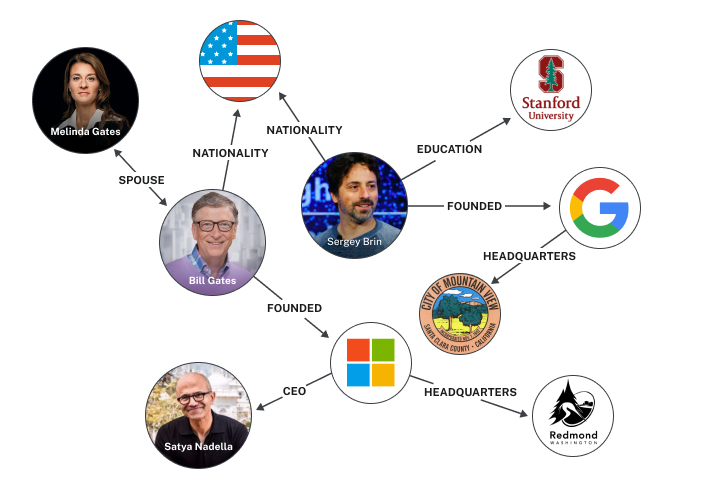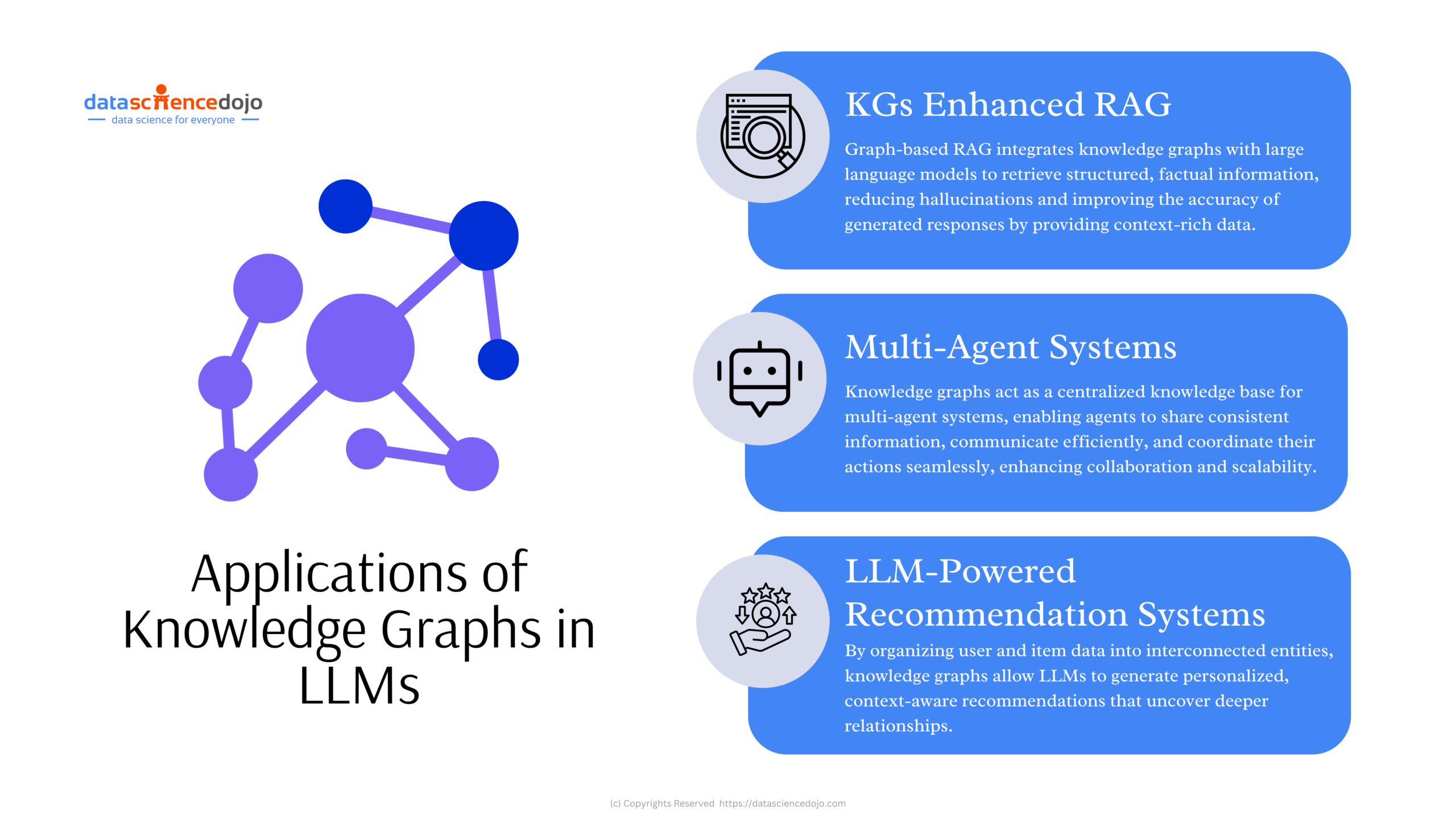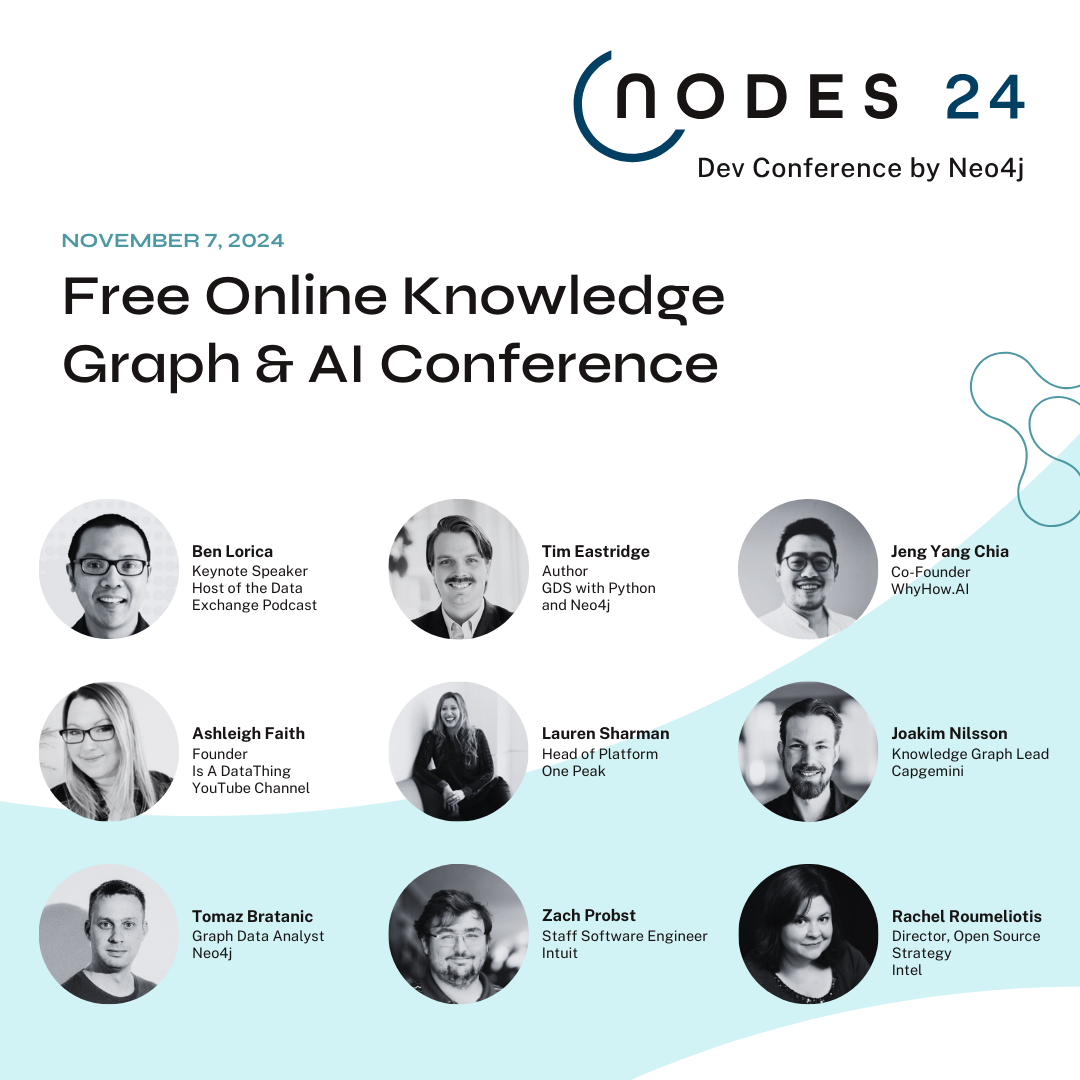Imagine Sherlock Holmes solving a mystery. He doesn’t rely on isolated clues; he connects them, forming a web of relationships that reveal the bigger picture. In the AI world, Knowledge Graph (KGs) play a similar role for large language models (LLMs).
GenAI product developers often face model hallucinations—where LLMs produce inaccurate or incomplete answers. Like Holmes’s web of clues, integrating KGs with LLMs helps ground models in factual data, reducing errors. Beyond this, KGs unlock a range of transformative benefits for generative AI.
In this week’s dispatch, we’ll explore what knowledge graphs are, how they work, and how their integration with LLMs is changing the AI landscape. Let’s dive in!

What is a Knowledge Graph
Knowledge graphs are structured representations of information that model real-world knowledge through entities (nodes) and their relationships (edges). They create a connected web of information, enabling systems to understand and reason over the relationships and context of different pieces of data, much like how a map shows connections between locations.

Components of a Knowledge Graph
- Entities (Nodes): These are the fundamental units of knowledge graphs representing real-world objects or abstract concepts. Examples include people (e.g., “Albert Einstein”), places (e.g., “Paris”), products (e.g., “iPhone”), or events (e.g., “World War II”).
- Relationships (Edges): These are the connections between entities, describing how they relate to each other. For example: “Albert Einstein” was born in “Ulm.” or”Paris” is located in “France.”

Learn more: Understanding Knowledge Graph and How It is Different from Vector Databases
Benefits of Integrating Knowledge Graphs in LLMs
Knowledge graphs significantly enhance large language models (LLMs) by introducing richer semantic relationships and a structured understanding of information.
- Reduced Hallucinations: Unlike vector databases in LLMs that rely on unstructured data, KGs offer explicit connections between entities, enabling LLMs to perform more advanced reasoning and inference. This structured approach helps models draw logical conclusions based on interconnected data points, reducing hallucinations.
- Improved Explainability: KGs improve explainability, as they provide clear, interpretable paths between facts, making it easier to trace how a model arrived at a particular output.
- Better Handling of Semi-structured Data: KGs help LLMs handle semi-structured data more efficiently, offering a flexible framework to integrate various data formats into coherent, meaningful insights.
This blend of structured reasoning and flexibility unlocks new possibilities for LLM-powered applications.
Read more: Benefits of Integrating Knowledge Graphs in Large Language Models
Applications of Knowledge Graphs in Large Language Models
Knowledge graphs (KGs) enhance AI and LLM frameworks by providing structured, contextual data that enables more accurate and intelligent applications. Below are some impactful uses:
Read more: Applications of Knowledge Graphs in LLM Applications You Must Know
- Graph-Based Retrieval-Augmented Generation (RAG)
GraphRAG integrates KGs with LLMs to deliver highly accurate, context-rich responses. Unlike traditional RAG, which retrieves flat text based on similarity, GraphRAG uses structured data from KGs, allowing LLMs to access and reason over interconnected facts. This reduces hallucinations and ensures that generated outputs are grounded in verified knowledge.
- Multi-Agent Systems – Interoperability
KGs are essential in multi-agent systems, acting as a central repository that agents can access. This shared knowledge base ensures agents have a consistent understanding of tasks, environments, and other agents, which is critical for collaboration. KGs provide a standardized ontology that reduces miscommunication, improves coordination, and makes it easier to scale systems by adding new agents.
- LLM-Powered Recommendation Systems
KGs significantly enhance recommendation systems by organizing data about users, items, and their relationships. LLMs leverage this data to generate personalized recommendations that go beyond simple similarities. By tapping into the rich connections within KGs, LLMs can provide context-aware and diverse suggestions that align with the user’s preferences and intent.
These applications show how integrating KGs with LLMs brings structured reasoning and deeper insights, transforming AI capabilities.
Platforms where you can integrate KGs with LLMs
Leading providers like Neo4j offer robust tools for integrating knowledge graphs with large language models (LLMs) to build custom applications. Neo4j, in particular, supports integration with platforms like LangChain, LangGraph, and AWS, allowing developers to harness the full potential of KGs for enhancing LLM performance.

Join the Biggest Conference For Graph-Powered Apps with the Latest GenAI Innovations
Neo4j’s NODES 2024 is the premier event for graph technology enthusiasts, focusing on integrating knowledge graphs with AI innovations like RAG and multi-agent systems.
Attendees will gain practical insights from industry leaders on building efficient, graph-powered AI applications. The virtual format makes it accessible worldwide, offering valuable tools and knowledge for developers and AI professionals.
Learn more about the conference, and book yourself a seat now.

Well, without a knowledge graph, the LLM doesn’t have much choice, does it?


Finally, let’s end this week with some interesting developments in the AI world.
- Malaysia is emerging as a data center powerhouse amid booming demand for AI. Read more
- US Announces Crackdown on Deceptive AI Claims and Schemes. Read more
- Lawsuit blames Character.AI in death of 14-year-old boy. Read more
- AI Detectors Falsely Accuse Students of Cheating—With Big Consequences. Read more
- StabilityAI releases Stable Diffusion 3.5 — a step up in realism. Read more




